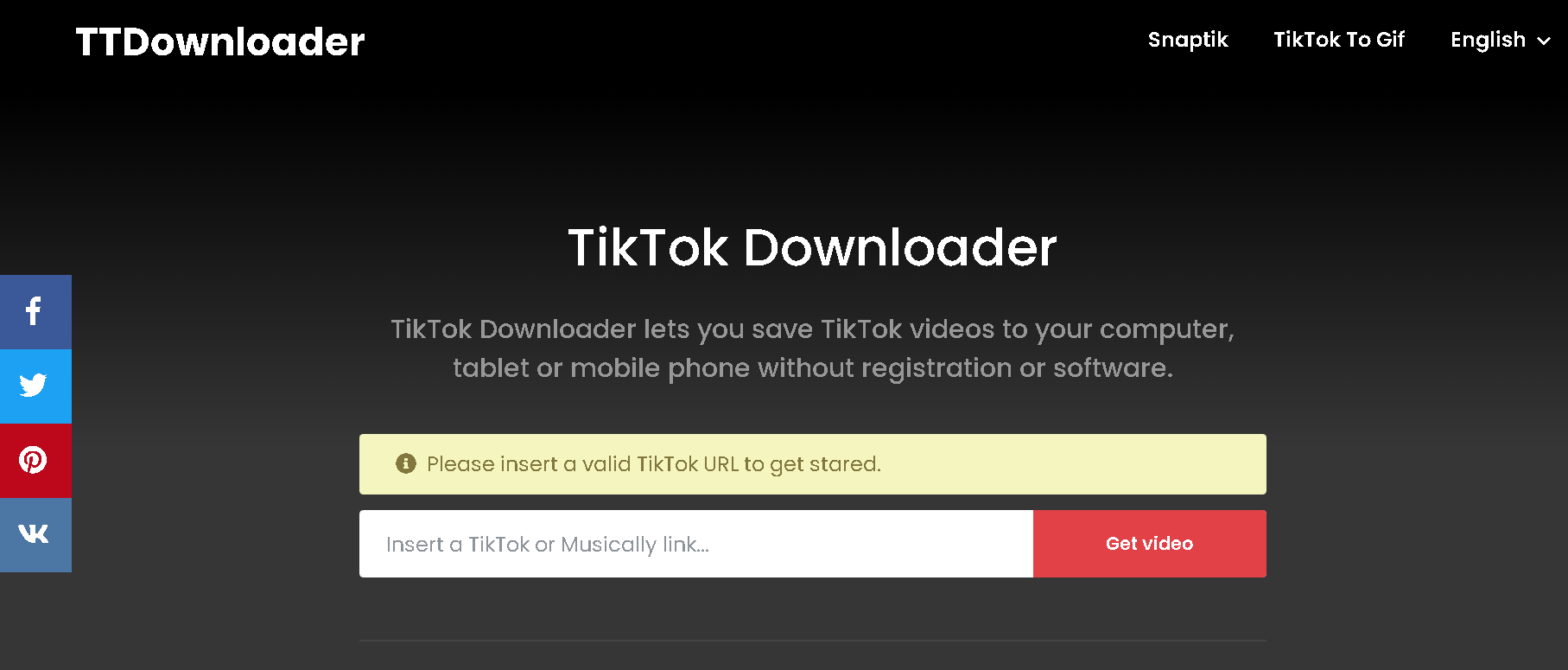The nature of work has changed dramatically in the last few years. Productivity is no longer limited to the traditional office setting; remote work has become increasingly popular, particularly since the global pandemic drove companies to change how they operated. Future work will be more flexible, digital, and decentralized as a result of this change. New tools and trends that are emerging with remote work are changing the way we approach our professional lives.
This blog explores the key trends driving remote work and the tools that help individuals and businesses thrive, providing valuable insights for workers, managers, and business owners alike.

The Rise of Remote Work: A Paradigm Shift
A Brief History of Remote Work
Remote work is not a new concept, but its widespread adoption is a relatively recent phenomenon. Before the digital age, working from home was typically limited to specific roles such as writers, artists, and consultants. However, the advent of the internet and advances in communication technology gradually made remote work more feasible for a broader range of professions.
In the early 2000s, telecommuting began to gain traction as companies recognized the potential benefits of allowing employees to work from home. Yet, it wasn’t until the 2010s that remote work truly started to become mainstream, thanks in part to the rise of cloud computing, collaboration tools, and a growing emphasis on work-life balance.
The COVID-19 pandemic acted as a catalyst, accelerating the adoption of remote work on a global scale. Companies were forced to rapidly adapt to remote operations, and employees experienced firsthand the advantages and challenges of working from home. As a result, remote work has become a permanent fixture in the future of work.
Key Drivers of Remote Work
Several factors have contributed to the growing popularity of remote work, and these drivers are expected to continue shaping the future of work:
- Technological Advancements: The development of high-speed internet, cloud-based software, and powerful communication tools has made it easier than ever to work from anywhere. Employees can now access company resources, collaborate with colleagues, and attend meetings without being physically present in the office.
- Work-Life Balance: Remote work offers employees greater flexibility in managing their personal and professional lives. The ability to work from home, set flexible hours, and eliminate long commutes has led to increased job satisfaction and overall well-being.
- Cost Savings: For both employers and employees, remote work can lead to significant cost savings. Companies can reduce overhead costs related to office space, utilities, and on-site amenities, while employees save money on commuting, work attire, and meals.
- Global Talent Pool: Remote work enables companies to tap into a global talent pool, allowing them to hire the best candidates regardless of their location. This has opened up new opportunities for businesses to build diverse and highly skilled teams.
- Environmental Impact: The reduction in commuting and office energy consumption associated with remote work has a positive impact on the environment. Many organizations are embracing remote work as part of their sustainability initiatives.
- Employee Productivity: Contrary to early skepticism, studies have shown that remote workers can be just as productive, if not more so, than their in-office counterparts. The flexibility of remote work allows employees to create a work environment that suits their individual needs and preferences.
Emerging Remote Work Trends
As remote work becomes more ingrained in the fabric of the modern workplace, several trends are emerging that will shape its future. Understanding these trends can help businesses and employees adapt to the evolving work landscape.
1. Hybrid Work Models
One of the most significant trends to emerge is the hybrid work model, which combines remote work with traditional office work. In a hybrid model, employees have the flexibility to work from home part of the time while still coming into the office for specific tasks or meetings.
This approach offers the best of both worlds: the flexibility and autonomy of remote work, along with the social interaction and collaboration opportunities of an office environment. Hybrid work models are likely to become the norm as businesses seek to accommodate diverse employee preferences and optimize productivity.
2. Asynchronous Work
Asynchronous work refers to a work model where employees do not have to be online or working at the same time. Instead, they can complete tasks and communicate with colleagues on their own schedule. This trend is particularly relevant for remote teams spread across different time zones.
Asynchronous work allows employees to focus on deep work without the constant interruptions of real-time communication. It also enables teams to operate more efficiently by allowing individuals to work during their peak productivity hours.
3. Virtual Collaboration Tools
With remote work, effective communication and collaboration have become more critical than ever. As a result, there has been a surge in the development and adoption of virtual collaboration tools that facilitate seamless teamwork, regardless of location.
Tools like Slack, Microsoft Teams, Zoom, and Trello have become essential for remote teams, providing platforms for instant messaging, video conferencing, project management, and file sharing. These tools are continuously evolving to offer more features and integrations that enhance remote collaboration.
4. Focus on Employee Well-being
Remote work has blurred the lines between work and personal life, leading to challenges related to work-life balance, mental health, and employee burnout. In response, companies are placing a greater emphasis on employee well-being and mental health support.
Businesses are implementing wellness programs, offering flexible work schedules, and providing access to mental health resources to help employees manage stress and maintain a healthy work-life balance. This trend is expected to continue as companies recognize the importance of supporting their remote workforce.
5. Remote Work Policies and Best Practices
As remote work becomes more permanent, companies are developing formal remote work policies to establish expectations, guidelines, and best practices. These policies cover areas such as communication protocols, data security, performance measurement, and work hours.
Having clear remote work policies ensures that both employees and employers are aligned on expectations, leading to a more productive and harmonious remote work environment. Additionally, these policies help address challenges related to time management, accountability, and work quality.
6. Digital Nomadism
The rise of remote work has given birth to the digital nomad movement, where individuals leverage their remote jobs to travel the world while working from different locations. Digital nomads prioritize flexibility and adventure, often working from co-working spaces, cafes, or rented accommodations in various countries.
While the digital nomad lifestyle is not suitable for everyone, it has gained popularity among freelancers, entrepreneurs, and remote employees who value the freedom to work from anywhere. As technology continues to improve and remote work becomes more accepted, the digital nomad trend is expected to grow.
7. Remote Work Tools and Technologies
To succeed in a remote work environment, both employees and employers need the right tools and technologies. Here are some of the most important categories of tools that support remote work:
a. Communication and Collaboration Tools
- Slack: A popular messaging platform that allows teams to communicate in real-time through channels, direct messages, and video calls.
- Microsoft Teams: A collaboration tool that integrates with Microsoft Office 365, offering chat, video conferencing, file sharing, and project management features.
- Zoom: A video conferencing tool that has become synonymous with remote meetings, offering features like screen sharing, recording, and virtual backgrounds.
- Trello: A project management tool that uses boards, lists, and cards to help teams organize tasks and collaborate on projects.
b. Project Management Tools
- Asana: A project management tool that helps teams plan, track, and manage work across different projects and tasks.
- Monday.com: A work operating system that allows teams to customize workflows, track progress, and collaborate on projects.
- Basecamp: A project management and team collaboration tool that includes features like to-do lists, file sharing, and messaging.
c. Time Management and Productivity Tools
- Toggl: A time tracking tool that helps individuals and teams monitor how much time they spend on different tasks and projects.
- RescueTime: A productivity tool that tracks time spent on various activities, providing insights into how to optimize work habits.
- Forest: A focus app that encourages users to stay off their phones by growing a virtual tree that thrives when they remain focused on their tasks.
d. File Storage and Sharing Tools
- Google Drive: A cloud storage service that allows teams to store, share, and collaborate on documents, spreadsheets, and presentations in real-time.
- Dropbox: A file hosting service that offers cloud storage, file synchronization, and personal cloud features for individuals and businesses.
- OneDrive: A cloud storage service from Microsoft that integrates with Office 365, providing secure file storage and sharing.
e. Cybersecurity and VPN Tools
- NordVPN: A virtual private network (VPN) service that provides secure and private internet access for remote workers.
- LastPass: A password manager that stores and encrypts passwords, making it easier for remote workers to manage their online accounts securely.
- Bitdefender: A cybersecurity tool that offers antivirus, malware protection, and internet security for remote devices.
Preparing for the Future of Work
As remote work continues to evolve, it’s important for both employees and employers to stay ahead of the trends and embrace the tools and strategies that will shape the future of work. Here are some tips for preparing for the future of remote work:
1. Embrace Flexibility
Flexibility is at the core of remote work, and it’s essential for both employees and employers to embrace this mindset. For employees, this means being adaptable to changing work environments and schedules. For employers, it means offering flexible work options and trusting employees to manage their time effectively.
2. Invest in the Right Tools
Having the right tools is crucial for success in a remote work environment. Employers should invest in communication, collaboration, and project management tools that facilitate seamless remote work. Employees should also ensure they have the necessary hardware and software to work efficiently from home or on the go.
3. Prioritize Communication
Effective communication is the backbone of remote work. Establish clear communication channels and protocols to ensure that team members stay connected and informed. Regular check-ins, virtual meetings, and clear expectations can help maintain productivity and collaboration.
4. Focus on Well-being
Remote work can blur the lines between work and personal life, leading to burnout if not managed properly. Both employees and employers should prioritize well-being by setting boundaries, taking breaks, and promoting a healthy work-life balance.
5. Stay Informed About Trends
The remote work landscape is constantly evolving, with new trends and technologies emerging regularly. Stay informed about the latest developments in remote work by reading industry blogs, attending webinars, and participating in online communities.
6. Foster a Strong Remote Work Culture
Building a strong remote work culture is essential for maintaining team cohesion and morale. Encourage team bonding through virtual social events, celebrate achievements, and create opportunities for informal communication.
Conclusion
The future of work is undoubtedly remote, with trends like hybrid work models, asynchronous work, and digital nomadism reshaping how we approach our professional lives. As businesses and employees continue to adapt to this new reality, the right tools and strategies will play a crucial role in ensuring success.
By embracing flexibility, investing in the right tools, prioritizing communication, and focusing on well-being, both employees and employers can thrive in the remote work environment. The future of work is full of opportunities, and those who are prepared will be well-positioned to navigate the evolving landscape and achieve their professional goals. Tech-arcis













